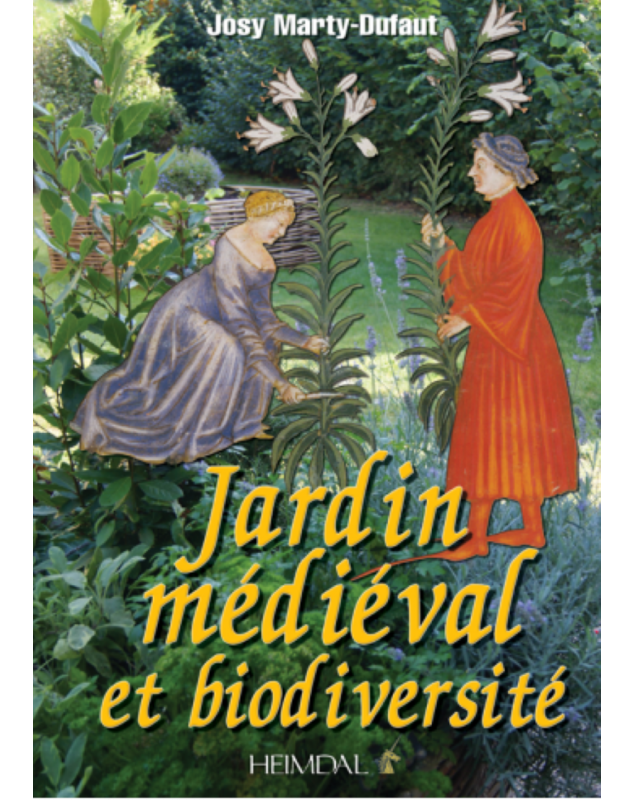


The Medieval Garden and Biodiversity
Reconstituting a medieval garden is one of contemporary man’s concerns with biodiversity, the envi- ronment and the balance of nature. Vegetal biodiversity is not restricted to what is cultivated nowa- days; it consists of reintroducing plants which were cultivated long ago and have now been forgotten, but also leaving a place for the plants thought of as wild. The link between the controlled environment which is our kitchen garden and wild nature is needed to accept a useful and diversified fauna. It was like that in yesteryear’s gardens where vegetables,
medicinal herbs, spices, and flowers grew alongside each other and worked well. The medieval garden is the perfect example of eco-gardening before its time.
In the Middle Ages, working the land was a struggle against hunger but, little by little, man discovered the pleasure of living with nature and expressed it in one of the most famous texts in French literature, le Roman de la Rose. A closed-off space, the medieval garden, gradually became a place of delights. Cultivating one’s garden with love, eating vegetables which you grow yourself, decorating the inside of the house with cut flowers, means finding paradise lost once again, in a manner of speaking.